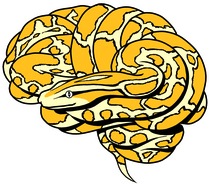
|
|
| Contributors | Contact | Primary contributions |
| Arno Klein | arno@childmind.org | Main developer |
| Satrajit Ghosh | satra [at] mit.edu | Nipype and informatics guidance |
| Forrest Bao | forrest.bao [at] gmail.com | VTK i/o, spectra port [1], MST fundi |
| Joachim Giard | joachimgiard [at] gmail.com | C++ surface shapes (depth, curvature) |
| Yrjö Häme | yrjo.hame [at] gmail.com | HMMF feature tests |
| Eliezer Stavsky | eli.stavsky [at] gmail.com | Label propagation tests |
| Noah Lee | nl2168 [at] gmail.com | Deep learning and graph-based database tests |
| Brian Rossa | br [at] f0cal.com | Zernike moments port [2] |
| Oliver Hinds | ohinds [at] gmail.com | Label propagation tests |
| Nolan Nichols | nolan.nichols [at] gmail.com | Linked data i/o tests |
| Daniel Clark | daniel.clark [at] childmind.org | Install script (bash) |
| Elias Chaibub Neto | neto [at] sagebase.org | Statistical analysis (R code) |
| Anisha Keshavan | anisha.keshavan [at] gmail.com | ROYGBIV brain image viewer (JavaScript) |
| Third party | ||
| Martin Reuter | mreuter [at] nmr.mgh.harvard.edu | [1] Laplace-Beltrami spectra (Matlab) |
| Arthur Mikhno | arthur.mikhno [at] gmail.com | [2] Zernike moments (Matlab) |
| Hal Canary | hal [at] cs.unc.edu | vtkviewer (Python VTK viewer) |
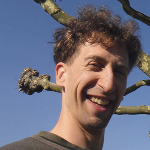 |
Arno Klein (arno@childmind.org, CV) is the lead developer of the Mindboggle package. He is Director of the MATTER Lab, at the Child Mind Institute in Manhattan, and with his team, the lab's mission is to advance our understanding and care of mental health by building, improving, and deploying technologies for use in therapy, education, and research to study mental illness and offer potential interventions. Previous positions include Director of Neuroimaging at Sage Bionetworks, Assistant Professor of Clinical Neuroimaging at Columbia University, and Information Synthesis Theorist at the Parsons Institute for Information Mapping. |
 |
Satrajit Ghosh, a Research Scientist in the Research Lab of Electronics at MIT, is developing the software pipeline framework, NiPype, that we have built Mindboggle in. Satra’s research areas include brain imaging, neuroanatomy, software engineering and speech communication. |
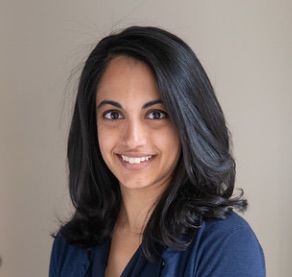 |
Anisha Keshavan helped to create ROYGBIV, an interactive online brain image viewer that is used to visualize Mindboggle output, when she was a graduate student in the UC Berkeley - UCSF graduate program in Bioengineering. |
 |
Forrest Bao made early contributions to Mindboggle as a postdoctoral associate working from Texas Tech University. He built some of the original VTK file i/o functions, developed algorithms to extract sulcus features, and an open source Python version of Martin Reuter’s Laplace-Beltrami code. |
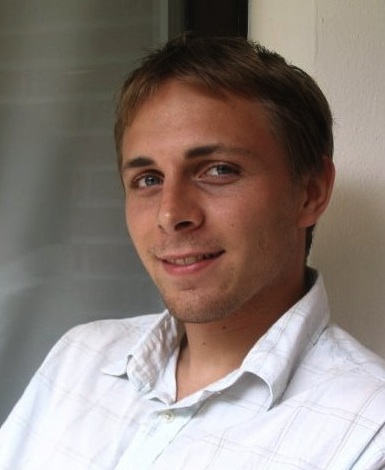 |
Joachim Giard worked on the Mindboggle project as a postdoctoral researcher of electrical engineering at UCL, Belgium. He developed algorithms for computing shape measures on surface meshes for Mindboggle, including travel depth, the topic of his PhD research. |
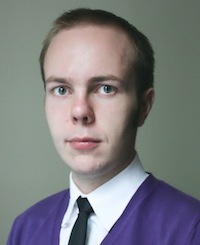 |
As a graduate student in the Biomedical Engineering Department of Columbia University, Yrjö Häme wrote the Hidden Markov Measure Field algorithm for extracting sulcus features from brain images for Mindboggle. |
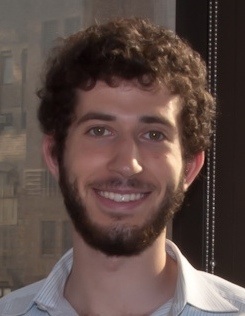 |
As a graduate student in Neurobiology and Behavior at Columbia University. Eliezer Stavsky worked on spectral shape analysis and semi-supervised learning approaches to propagate labels across a brain surface. |
 |
Noah Lee contributed to the original NIMH R01 proposal (MH084029) that supported MindBoggle's research efforts; as a postdoc, he created an early graph-based database with interactive visualization and implemented a deep learning approach to automate anatomical labeling. |
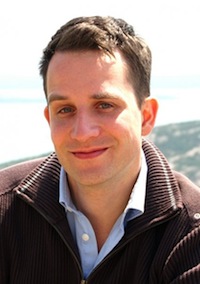 |
Martin Reuter is Instructor in Neurology at Harvard Medical School (Massachusetts General Hospital) and works on computational methods for spectral shape analysis, image registration and processing of longitudinal brain MRI data implemented in FreeSurfer. His research interests include computational neuroimaging, computational geometry and topology. Mindboggle’s Laplace-Beltrami spectra code is a Python port of Martin’s Matlab version. Martin has helped the team to develop and evaluate this spectral shape measure. |
 |
Nolan Nichols included Mindboggle as part of the NCANDA BD2K supplement grant, and finds this effort to be a nice complement to his earlier PhD work in the areas of semantic data integration and sharing of human neuroimaging data. |
 |
Elias Chaibub Neto, as a Senior Scientist at Sage Bionetworks, collaborated with Arno to perform a statistical analysis of shape measures for all labels and features generated by Mindboggle. |